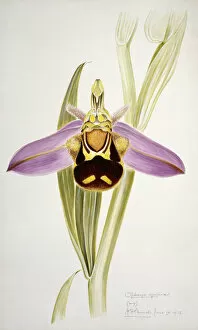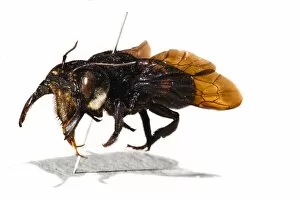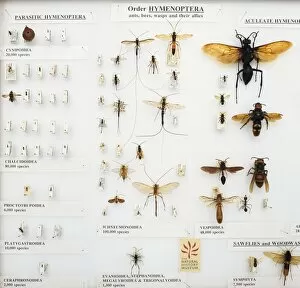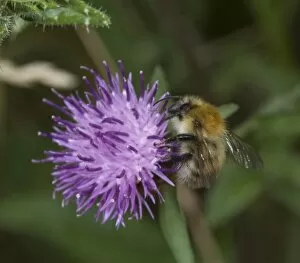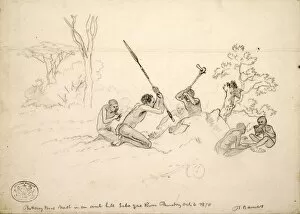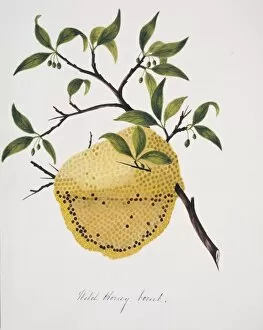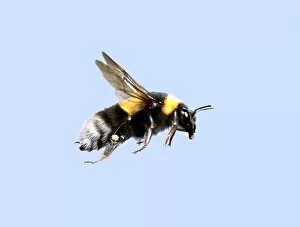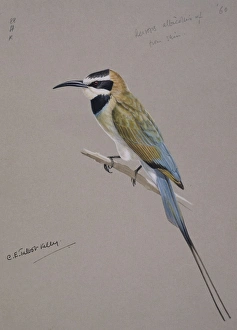Anthophila Collection
"Anthophila: The Fascinating World of Bee Orchids and Pollinators" In the enchanting realm of Anthophila, we encounter the mesmerizing Ophrys apifera
All Professionally Made to Order for Quick Shipping
"Anthophila: The Fascinating World of Bee Orchids and Pollinators" In the enchanting realm of Anthophila, we encounter the mesmerizing Ophrys apifera, commonly known as the bee orchid. Its intricate petals mimic a female bee with such precision that male bees are irresistibly drawn to it. This captivating dance between flower and pollinator showcases nature's ingenuity. Among these buzzing visitors is Megachile pluto, Wallaces giant bee - an awe-inspiring creature believed to be extinct until its rediscovery in Indonesia. With a wingspan reaching up to 2. 5 inches, this gentle giant plays a vital role in pollination, reminding us of the interconnectedness within ecosystems. Preserved Hymenoptera specimens stand as testament to our fascination with these winged wonders. English Insects illustration by James Barbut brings their delicate beauty to life on paper, capturing their vibrant colors and intricate details for generations to admire. Within this diverse group lies Anthophora hispanica bee C016 / 2081 - an industrious species tirelessly collecting pollen from flowers across Mediterranean landscapes. Its tireless efforts contribute not only to its own survival but also ensure the continuation of countless plant species. The Apis mellifera or European honey bee symbolizes unity and cooperation within their hives. These diligent workers tirelessly collect nectar from various blossoms, producing golden honey cherished by humans worldwide for centuries. Bombus pascorum, the common carder bee spreads joy as it flits from flower to flower with its fuzzy body covered in yellow stripes. Alongside Bombus sp. , bumble bees play crucial roles in maintaining biodiversity through efficient pollination services they provide. As we turn each page adorned with two birds eagerly awaiting crumbs on its title page, we witness how even seemingly unrelated creatures rely on nature's offerings for sustenance and survival – highlighting the delicate balance maintained in the natural world.

